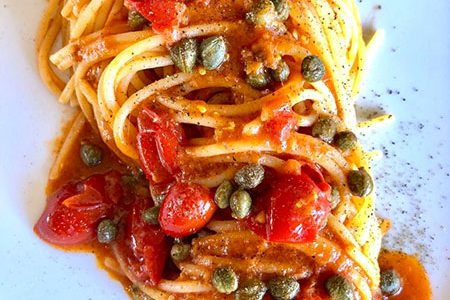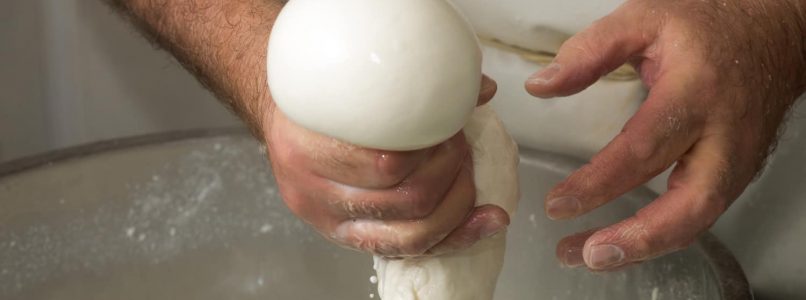Apulian sandwich with Apulian meatballs: two traditional classics meet in a new fast food format in Milan. Here is the recipe!
Puccia is a typical bread from Salento, an area of Puglia. It is a classic street food made with pizza dough cooked in a wood oven and used to prepare sandwiches, then stuffed with local products.
It is an art, and from Puglia it arrived in Milan thanks to Puccia & Pasta, a new format that combines prices and speed of fast food with recognized local specialties such as the capocollo of Martina Franca (Slow Food – IGT), the caciocavallo Silano Dop, the Prosciutto di Faeto (recognized PAT traditional Italian agri-food products), the Stracciatella of Putignano the rare Podolica cow meat, Slow Food presidium. To make it better, they use mother yeast, type 1 flours (nutritionally more balanced: less refined, with more bran and wheat germ that make it digestible; moreover, dietary fiber helps to maintain good intestinal function and modulates the glycemic impact while taking food) and wait for a long leavening.
The puccia with meatballs
The puccia with meatballs brings in a sandwich a classic Apulian recipe, that of meatballs with sauce. Made of chopped pulp of minced beef, eggs, stale Apulian bread soaked in milk and grated canestrato cheese from Foggia. These are the simple ingredients of the Apulian meatballs, to keep them light you can avoid frying them and cook them directly on a very slow fire in a simple tomato sauce. Here is the recipe.
Ingredients for 4 people
400 g of minced beef meat
2 eggs
4 spoons of canestrato cheese (or pecorino)
1 clove of minced garlic
1 glass of warm milk
150 g of stale rustic bread
salt and pepper
chopped parsley
For the sauce
1 liter of tomato sauce
1 onion, finely chopped
1 clove of garlic
salt and pepper
basil
Apulian extra virgin olive oil
Method
Soak dry bread in warm milk. Wring it out and mix it with the eggs, cheese, meat and crushed garlic. Season with salt and pepper, form the meatballs about 4 cm in diameter and leave to rest for half an hour.
In the meantime, in a large pan, sauté with garlic and onion and cook until it becomes transparent. Add the sauce and cook over low heat for half an hour.



 Flavors and aromas of Murgia in a cheese
Flavors and aromas of Murgia in a cheese